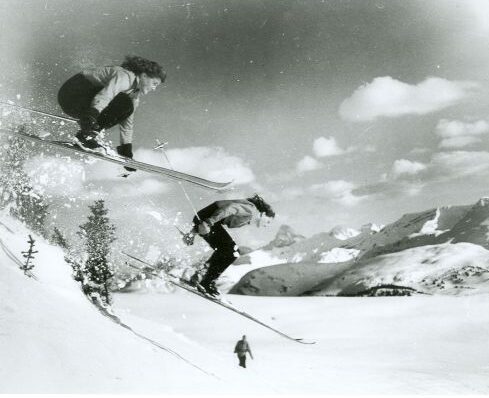Herman Smith-Johannsen was one-of-a-kind. He was fondly nicknamed “Jackrabbit” for his ability to ski his way through the forests. No other person has developed trails as extensively as he did. From his native Norway, where he was rated one of the best all-round skiers, on to the United States and Canada where he made cross-country skiing flourish, “Jackrabbit” left an undeniable mark on the world of skiing. The many ski trails and ski clubs he created, still active today, continue to inspire generations of skiers of all ages. When he passed away at the venerable age of 111 years old, he was already a living legend. This story describes Jackrabbit’s unique personality through a tale about his fascinating life.
The Canadian Origins of Skiing and Snowboarding
As we time-travel back in our minds, we can put ourselves into the shoes of the first pioneers of skiing, a sport first founded 22,000 years ago.
